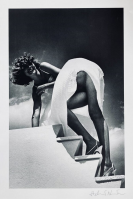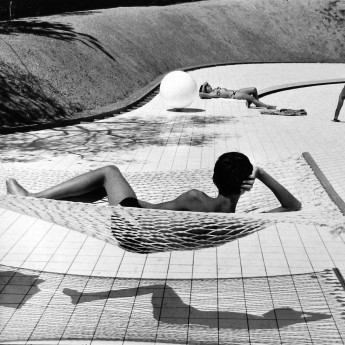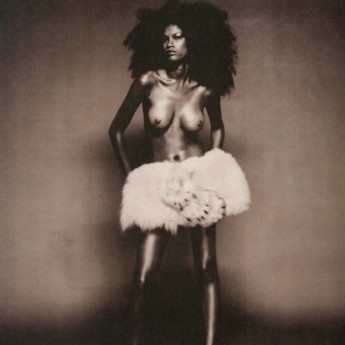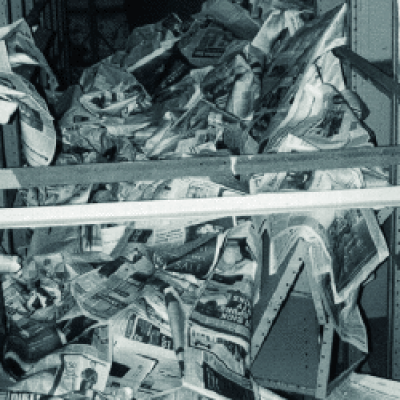
Details
Artist
Styles
Argentic edition on argentic paper, Estate signed // Nu avec fleurs by Andre de Dienes is a timeless black-and-white photograph that captures the elegance and natural beauty of the human form. Created in 1960, this image presents a nude female figure holding a sunflower, positioned to modestly cover herself. Her pose, with head tilted back and an arm raised, evokes a sense of freedom and joy, enhanced by the simplicity of the composition and the gentle contrast of light and shadow. De Dienes, known for his sensitive approach to portraiture, uses the sunflower as a symbolic element, juxtaposing human vulnerability with natural beauty. Printed on argentic paper and estate-signed, this photograph exemplifies de Dienes' refined aesthetic and admiration for the human figure.
Nu avec fleurs, 1960
form
Medium
Size
20 x 18 cm
- Inches
- Centimeters
Edition
Price
- USD
- EUR
- GBP
Details
Artist
Styles
Argentic edition on argentic paper, Estate signed // Nu avec fleurs by Andre de Dienes is a timeless black-and-white photograph that captures the elegance and natural beauty of the human form. Created in 1960, this image presents a nude female figure holding a sunflower, positioned to modestly cover herself. Her pose, with head tilted back and an arm raised, evokes a sense of freedom and joy, enhanced by the simplicity of the composition and the gentle contrast of light and shadow. De Dienes, known for his sensitive approach to portraiture, uses the sunflower as a symbolic element, juxtaposing human vulnerability with natural beauty. Printed on argentic paper and estate-signed, this photograph exemplifies de Dienes' refined aesthetic and admiration for the human figure.
- Recently Added
- Price (low-high )
- Price (high-low )
- Year (low-high )
- Year (high-low )
What is auto-destructive art?
A term coined to describe artworks that are designed to be destroyed during their creation. Gustav Metzger, who developed this concept, outlined key principles: the artwork must disintegrate within 20 years, be self-completing, and involve public participation.

























